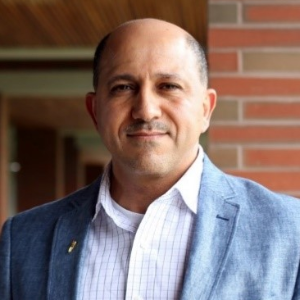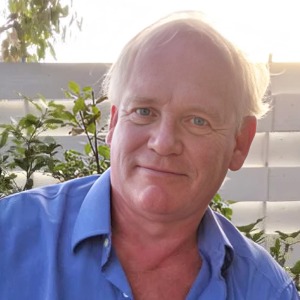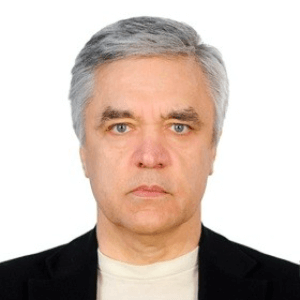Polymer Membranes For Separation Technology
Polymer Membranes Are Increasingly Used In Separation Technology Due To Their Desirable Properties Such As High Selectivity, Good Compatibility With Polar Solvents And Solutes, And Easy Processability. These Membranes Are Versatile And Enable Various Types Of Separations Such As Size-Exclusion, Ultrafiltration, Nanofiltration, And Reverse Osmosis. Size-Exclusion Membranes Are Commonly Used In Industrial Applications For Protein Cold-Ethanol Precipitation And Cell Separation. These Membranes Are Characterized By Their Pore Sizes, Which Range From Micrometers Down To Sub-Nanometer Diameter. Their Mesh Structure Allows Substances Of Different Sizes To Be Separated By Size Exclusion, Making Them Ideal For Separating Cellular Components With Great Accuracy And Separation Resolution. Ultrafiltration Membranes Contain An Asymmetric Membrane Structure And Are Capable Of Separating Particles Ranging From 0.001 µm To 0.1 µm In Size. They Are Commonly Used In Medical Applications To Purify Blood And Are Capable Of Removing Harmful Bacteria And Viruses As Well As Proteins And Other Macromolecule. Additionally, These Membranes Are Able To Retain Enzymes, Making Them Suitable For The Development Of Advanced Enzyme-Based Bioprocesses Such As Enzyme Catalysis, Synthesis, And Fermentation. Nanofiltration Membranes Are Characterized By Their Outstanding Solubiity And Selectivity For Molecules And Ions. These Membranes Feature Pore Sizes That Range From 0.001-0.1 Ηm, Enabling Them To Separate Molecules By Size As Well As Chemical Functionality. They Are Often Used For Water And Wastewater Treatment, Food And Beverage Production, And Pharmaceutical Process Development. Reverse Osmosis (RO) Membranes Feature A Dense Compound Layer Of Asymmetric Membranes With Very Selective Polymeric Matrices. They Can Provide Very High Rejection Rates Of Over 99% For Both Monovalent And Divalent Ions, Making Them Ideal For Desalination Of Sea Water And Heavy Metals Removal From Industrial Wastewater.

Hossam A Gabbar
Ontario Tech University, Canada
Victor John Law
University College Dublin, Ireland
Alexander Bagaturyants
National Research Nuclear University MEPhI, Russian Federation
Sergey Suchkov
N.D. Zelinskii Institute for Organic Chemistry of the Russian Academy of Sciences, Russian Federation
Shree Niwas Chaturvedi
Centre for Aptitude Analysis and Talent Search, India
Pieter Samyn
SIRRIS, Belgium




Title : Advances in plasma-based radioactive waste treatment
Hossam A Gabbar, Ontario Tech University, Canada
Title : Unraveling the ultrastructure and functions of the neuronal membrane skeleton using super-resolution fluorescence microscopy
Zhou Ruobo, Djillali Liabes University of Sidi Bel Abbes, Algeria
Title : Solar box cooker dehydration, and relative humidity endpoint detection, of lamiaceae culinary leaves on the island of Crete
Victor John Law, University College Dublin, Ireland
Title : Nutrient and heavy metal loads from the Ribeiras to Coastal zones: A land-ocean continuum perspective in Madeira Island
Aracelis Del Carmen Narayan Rajnauth, University of Porto, Portugal
Title : Prospective polyoxometalate-based covalent organic framework heterogeneous catalysts
Arash Ebrahimi, Comenius University Bratislava, Slovenia
Title : Eliminating implant failure in humans with nano chemistry: 30,000 cases and counting
Thomas J Webster, Brown University, United States